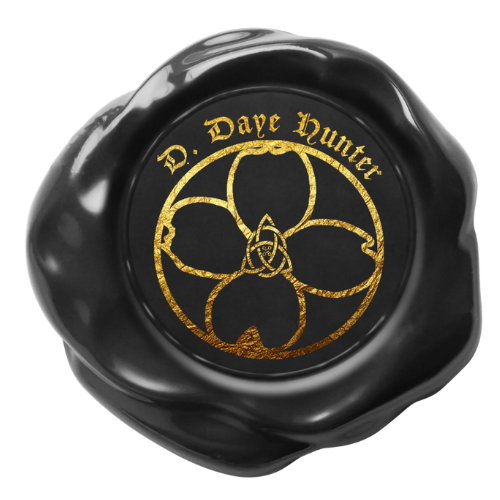Native Nation: Two-Year Reflection
The sun set on the last evening of rehearsal. The cast and crew of Native Nation had prepared for the play’s debut, and many of their acting career debuts, for two months. They were ready to rise upon the desert horizon like the Phoenix, forever changed by their transformative experience.
“Native Nation” written by Larrisa Fasthorse (Lakota), directed by Michael Garcés, was produced by Cornerstone Theatre Company and hosted by Arizona State University Gamage. It first premiered April 20th, 2019 at Two Waters on the Salt River Pima Maricopa Indian Community and was followed by final performances at Steele Indian School Park April 27th and 28th.
Actors included a wide range of community members: from those who had formal theater training, to those who had never before stepped foot on a stage. From high school students to attorneys and parents. There were tribal members from across Arizona and as far as California, Alaska, and North Carolina, as well as a couple nonNative cast members. To date, “Native Nation” holds the record for having the most Native American cast members in one play or film.
On April 20th, SRPMIC members enjoyed a theatrical experience as well as an Indigenous Artisan marketplace with free admission. Grandmothers chuckled at the characters Phineas Longbow, Loretta Tsosie, and Dennis Duncan who were all fighting for the title of “Ultimate Indian.” This act was held at the center of the festivities on stage and would come and go as the participants rotated to different educational activities, which also included surprise scenes. Each person, upon arriving to the show, received a card either with a flower, a pair of eyes, a water droplet, or a city landscape on it. The card they received designated which group they were in, and these groups were then sent to their first of four activities.
In the east, there was a Cultural Appropriation booth. Audience members were asked whether certain topics were appreciation or appropriation. The presenters then asked audience members to think of examples of cultural appropriation and of healthy cultural sharing.
In the south, there was the Indigenous foods' booth. Indigenous chef’s Derek ___ (Hopi) and ____ (Yaqui) shared samples of blue corn balls and prickly pear juice as character Tama read more about the impact of colonization on Indigenous plants and how one can support the rebirth of Indigenous food ways.
The westward booth honored Missing and Murdered Indigenous womxn. Placards showed womxn gone but not forgotten. The leader of the activity, Rosetta Walker, asked the participants to read the stories of the womxn, and write a prayer or note to them on small, red paper cut-outs of Native womxn in dresses. These were tied to a wall of branches with red ribbon. At the end of the play, the cards were properly and ceremonially burned to release the pain of those left behind and send off the prayers to guide these womxn along their journey.
The north booth focused on water rights. It educated participants on stolen treaties as well as how to best manage their own water usage.
As previously mentioned, there were four story lines that followed a particular group. Thus, as an audience member, each time you attended the play, you would take part in the four activities of cultural appropriation, Indigenous foods, MMIW, and water. But, you would see a different life story “break out” amongst the audience.
One of these stories was that of a veteran struggling with substance abuse and chronic homelessness, searching for healing. Another was the story that highlighted teen pregnancy and LGBTQ issues, and how to be more inclusive of both when it comes to ceremony and teaching the next generation traditional Native American ways.
The next story was that of Beatrix and her aunt, Molly, who home schools her. Through their Native American teachings and attending protests to protect land, water, and the people, Molly seeks to Indigenize Beatrix’s education. But, an unforeseen twist comes into play when a CPS worker comes looking for Beatrix due to her absenteeism.
The last story was that of blood quantum. The character Sequoia, played by yours truly, struggles with her identity and the fate of her future children when her nonnative boyfriend proposes to her. Does she follow her heart, or does she turn love away for the sake of keeping the bloodline purer and ensuring that her children are also recognized as tribal members?
The stories and information presented were complex in their density and their display. But the cast, playwright, director, and even audience, upon seeing it, wouldn’t have it any other way.
We had the honor of presenting the last showing of “Native Nation” on the ground of the Phoenix Indian Boarding School, where some cast members' family once attended. Guided by our ancestors, near and far, we came together in a sacred way to spread good medicine or storytelling and healing. In doing so, something magical happened.
The words "I’m a sucker for love,” “I love babies!”, “Free shipping!”, “Like sheep poop…”, “Was that my love poem or my shopping list?”, and “So are we still getting married or what!?” are etched forever on my mind and heart.
The “Native Nation” cast and crew became a family. And the world got a glimpse of what cultural sharing and storytelling look like when two worlds are allowed to beautifully collide. Though our world is a very different place from then until now, and we have sadly lost our brother and artist Rance Snead to COVID-19, the heart and hope of Native Nation lives on.

